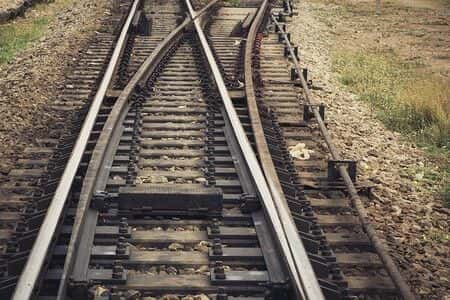Train Conductor is Severely Injured by Railroad Car
Updated on
Case Overview
This case takes place in Kentucky and involves a railroad conductor who was injured by machinery at a railway offloading premise. The conductor was performing his everyday duties of directing the movement of railroad cars loaded with coal into their respective offloading areas- where the cars are emptied by use of an external machine. In the course of performing these duties, he was struck from behind by one of the offloading machines, which crushed his body against the railroad car. As a result, he suffered severe and permanent injuries to his body, which have permanently and totally disabled him from his occupation as a conductor. It is alleged that there was insufficient visual devices (mirrors and digital cameras for the operator of the offloading machine to safely make a backup move, and that no backup warning devices were installed.
Questions to the Automotive expert and their responses
Are you familiar with the instruments and devices required on trains to ensure the conductors safety?
I have worked as a Switchman, Conductor and Locomotive Engineer with BNSF Railway in transporting, loading and unloading, and switching operations.
What is your experience in setting safety policies/procedures for trains?
I am very familiar with various safety procedures involving the spotting, unloading, and loading of ore cars. Each railroad has their own set of rules. I have access to former and current employees who work on the CN Railway at ore docks in both MN, as well as the BNSF operations in WI, so I can certainly obtain up-to-date information if asked about particulars.
Are you familiar with protocols and cross checks a railroad company should take to ensure rider safety?
I also worked on ore docks where there was use of the portable ore handler machines (car dumpers) that open and close cars into the ore pockets, which empty into the ore boats traversing the Great Lakes. Currently, there are two railway ore docks in my general location that still use these machines on the ore docks, one location at Two Harbors, MN and the other at Duluth, MN. BNSF still uses their ore docks but instead of using train crews to spot the cars on the docks, they converted to a conveyor belt system in the early 80's. BNSF spots their loaded trains at a 'Dumper House,' in which the train crew releases their loaded train to the facility employee, who then unloads the car train using a mechanical arm that pushes the train and unloads three cars at a time, generally taking 6-8 hours. The cargo is then conveyor belted to either a stock pile or directly to the ore dock if a ship is waiting to be loaded.
About the expert
This expert has been working with locomotives for over 35 years. His background includes 32 years as a switchman, conductor, and locomotive engineer for BNSF Railway. He also spent 7 years as a division-wide, full time carrier and labor Safety Coordinator for BNSF, covering 5 states as a facilitator, educator, and mediator in safety training. In addition to his positions with BNSF, he also served as a Union Legislative Representative with the United Transportation Union for 18 years, liaising with the Minnesota State Legislative Board and working with labor members with respect to rail safety and legislative matters important to rail labor. Throughout his tenure, he earned multiple awards and recognitions such as the BNSF Hill-Holliday Award for best Work Practices Team Project and the United Transportation Union Brass Lantern Award for service in safety to fellow rail workers. He is highly familiar with the General Code of Operating Rules and has undergone continuing education in areas such as Critical Incident Response. Currently, this expert is a Railway Safety and Operating Rules Expert at his own independent consultancy.

E-008058
Specialties:
About the author
Joseph O'Neill
Joe has extensive experience in online journalism and technical writing across a range of legal topics, including personal injury, meidcal malpractice, mass torts, consumer litigation, commercial litigation, and more. Joe spent close to six years working at Expert Institute, finishing up his role here as Director of Marketing. He has considerable knowledge across an array of legal topics pertaining to expert witnesses. Currently, Joe servces as Owner and Demand Generation Consultant at LightSail Consulting.
Subscribe to our newsletter
Join our newsletter to stay up to date on legal news, insights and product updates from Expert Institute.
Sign up nowFind an expert witness near you
What State is your case in?
Subscribe to our newsletter
Join our newsletter to stay up to date on legal news, insights and product updates from Expert Institute.



